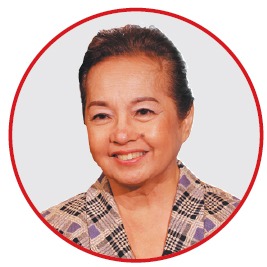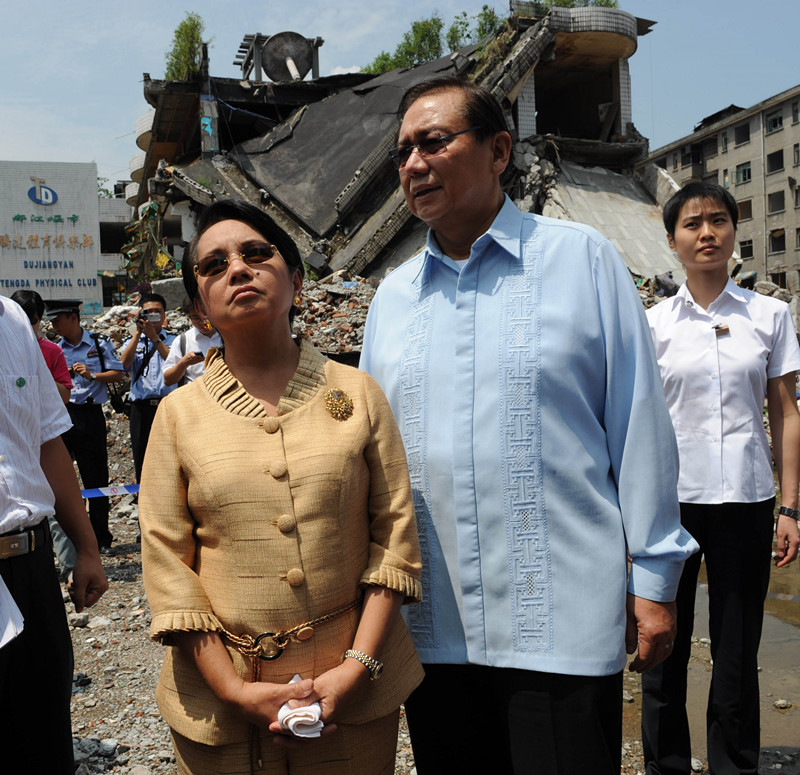
April 5, 1947, in Lubao, Pampanga province, the Philippines
In 1961, when she was 14 years old, Gloria Macapagal Arroyo's father Diosdado Macapagal was elected president of the Philippines.
In 1964, she studied for two years at Georgetown University's Walsh School of Foreign Service in Washington, where she was a classmate of future US president Bill Clinton.
She earned a bachelor's degree in economics from Assumption College in the US, graduating in 1968. She pursued a master's in economics at Ateneo de Manila University in 1978, and a PhD in economics at the University of the Philippines Diliman in 1985.
Arroyo was an economics professor from 1977 to 1987 at several universities, including the University of the Philippines and Ateneo de Manila University.
She entered politics in the 1992 election, running for senator. She was vice-president of the Philippines from 1998 to 2001, before serving as the 14th president of the Philippines between 2001 and 2010.
She is now a member of the House of Representatives representing the second district of Pampanga and was the deputy speaker of the 17th Congress from 2016 to 2017.
Arroyo was elected speaker of the House of Representatives on July 23, becoming the first woman to hold the position.
She was recognized by Asiaweek as one of Asia's most powerful women in 2001, and ranked fourth in Forbes' most powerful women list in 2005.
A Philippine view of 40 years of 'breathtaking' changes

"I was a contemporary of two Chinese presidents, president Jiang Zemin and president Hu Jintao," Arroyo said. "During that time, it was my policy to develop good relations with China, especially with regard to business and economic cooperation.
"These are also part of what I came to realize from my old days in the (Association for Philippines-China Understanding) and because of the great opportunities from our neighbor, China, becoming such an important economic powerhouse."
China's GDP grew by an average of around 9.5 percent a year in comparable prices from 1978 to 2017, and the country's foreign trade has grown by 14.5 percent a year in US dollars in the same period.
Arroyo said one thing that has enabled China to achieve such rapid growth is the country's strong, long-term national vision, along with its strong national will to carry out that vision.
Over the past 40 years, China has continued to remove institutional barriers to development as part of its overall reform and opening-up policy, from the rural household contract responsibility system to urban economic system reform, from the establishment of the Shenzhen Special Economic Zone to accession to the World Trade Organization, from opening the coastal and border areas to developing the western inland region, and from pilot free trade zones to the Belt and Road Initiative.
Analysts have said reform and opening-up has changed the global economic landscape and value chain, and that may lead to an unfolding historic trajectory as China vows to further open up its economy.


